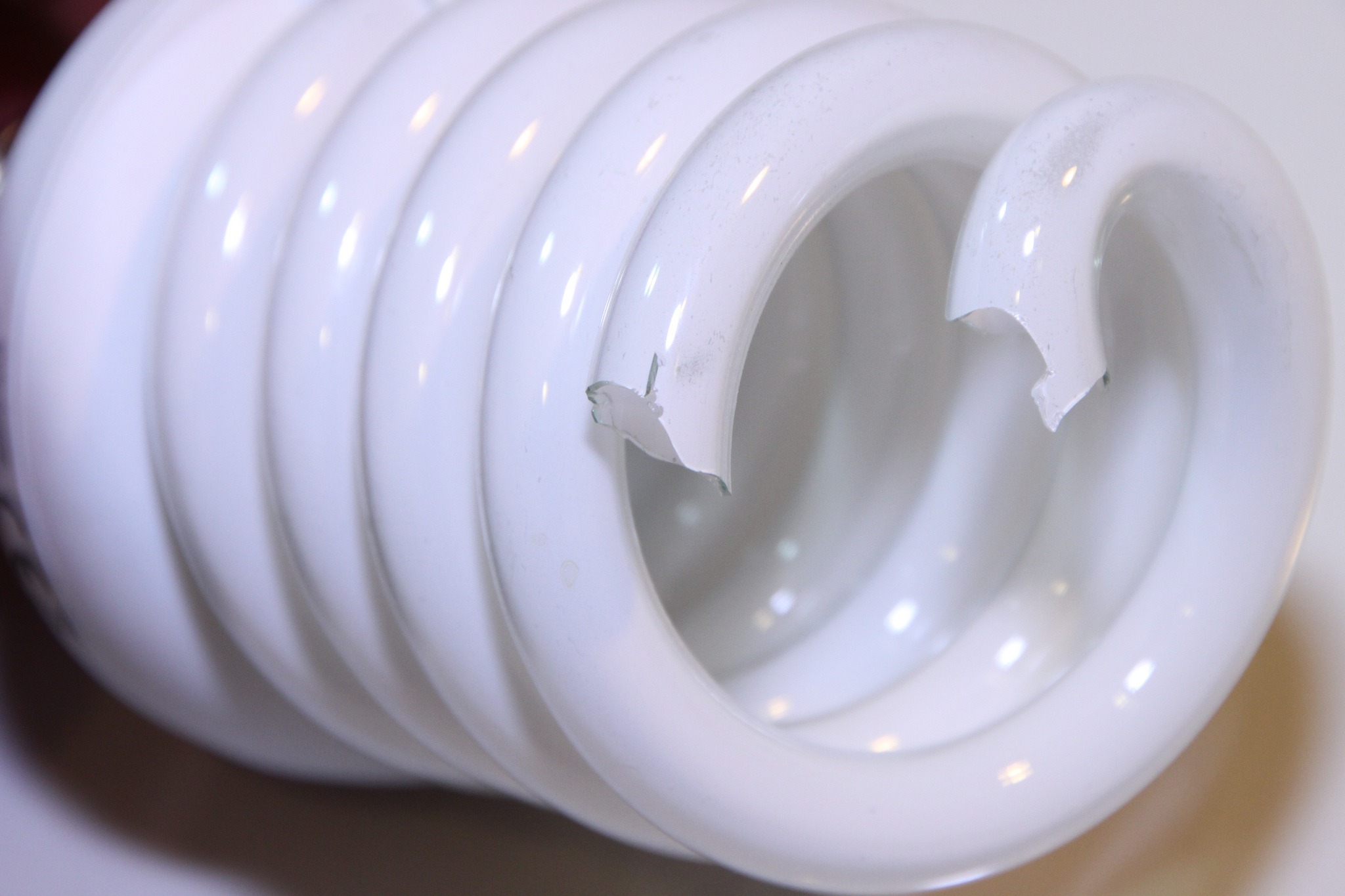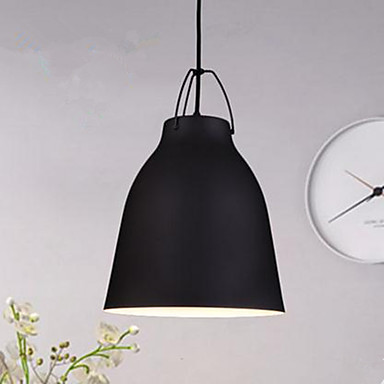
Firstly, where do you want the lights to be positioned in the room and for what particular task? Think about the scale and size of the room. But there are some key things to consider before deciding on your living room lighting. From pendant and wall lights to LED, there are so many types of lighting to choose from. This trinity of layered lighting is important for creating the perfect balance. Hiko Large Ceiling Light at John Lewis & Partners, and House Beautiful Freya 3 Seater Sofa at DFS Photography Simon Bevan, Styling Jennifer Haslam, 'Then create a focus point with tables or pictures, add evening lamps and you will have your key layers.' 'Play with layers – check that your walls are well lit, this will make the room feel brighter,' says Kate Wilkins and Sam Neuman of Home Lighting Ideas. A ccent lighting is used to bring attention to a certain feature such as wall art, a reading nook, or decorative accessories on a shelf. Task lighting is more directional for specific areas in the room such as work from home zones, and these can be either reading or floor lamps. This is often overhead ceiling lighting like a pendant or spotlights. The first is ambient lighting, the focal point that provides the room's overall illumination. Living room lighting needs to be 'layered' with three strategically placed types of lighting. The best lighting should not only illuminate our room but also lift our mood, promote productivity, and set the right ambience – especially if you have low levels of natural light. Whether we use it for entertaining, working or relaxing, our living room lighting should be versatile and cater to all our needs. No matter what LED temperature you choose, you’ll maximize savings and minimize maintenance costs with TCP Lighting solutions.The living room is the multi-functional hub of the home.
Ambient light bulbs pro#
TCP’s filament LED bulbs create a very soft light with color temperatures below 2700K, or move up to 3000K with our PRO Line family of LEDs. TCP has all the warm temperatures covered with energy-efficient LED options for your home. In these spaces where warmth and relaxation are not a priority, increase to a cooler color temperature for more clarity. Move up to “soft white” 3000K color temperature or higher for areas that require more visual tasks like the kitchen, home office, laundry room and bathroom.
Ambient light bulbs skin#
Light produced in the 2000K to 3000K range on the light color temperature chart is called “warm white.” You’ll find red and yellow hues that are more flattering to skin tones and clothing, which is why these temperatures are popular in living spaces.Ģ700K color temperature bulbs are standard for bedrooms and living rooms to create a cozy atmosphere. If you ever replace one with a different temperature than its neighboring light sources, you’ll notice they aren’t the same “color.” It’s important to know what light temperature bulbs you have in fixtures around your home. Most residential lighting applications fall somewhere on the scale between 2000K and 4500K. For example, a 5500K hospital-grade bulb is cooler than a 2700K bulb you’d likely use in your living room. 5200K)Ī good rule of thumb is the higher the temperature, the “cooler” the color.

4600K-6500K: bright blue-white light (daylight = approx.




 0 kommentar(er)
0 kommentar(er)
